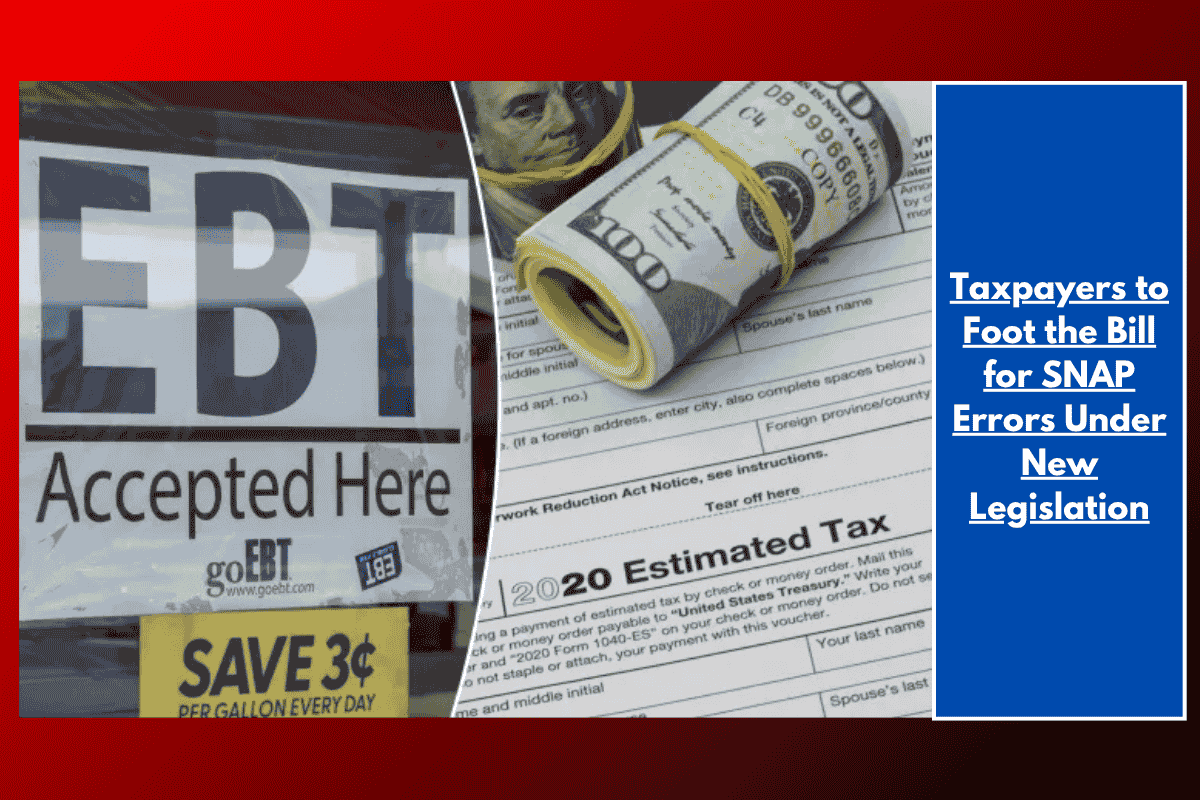Americans are being encouraged to take action as $1.7 trillion in lost 401(k) funds remains unclaimed, with an average payout of $56,616 per person, according to a report by financial services firm Capitalize. As more people change jobs, a growing number of retirement accounts go unclaimed, creating an opportunity for individuals to claim their forgotten savings.
Why Are 401(k) Funds Going Unclaimed?
The issue arises mostly when workers switch jobs and forget to transfer their 401(k) funds from their previous employer’s plan into a new one. According to AARP, Americans between the ages of 57 and 64 have, on average, changed jobs 12 times in their careers, and many likely have several small 401(k) balances scattered across multiple employers.
David John, a senior strategic policy advisor at AARP, highlighted that job transitions are often chaotic, making it easy to forget about an old 401(k) account. In 2021, a record 47 million Americans left their jobs, increasing the number of lost retirement accounts.
These forgotten funds could significantly grow over time. Even small amounts, like $5,000 to $7,000, invested 10 or 15 years ago, could now be worth several times more due to interest and market gains.
How to Find Your Lost 401(k)
Fortunately, there are four easy steps that could help you track down your lost 401(k) funds, potentially adding thousands to your savings. It’s a simple process that can be done in about an hour of your time.
Step 1: Look for Old 401(k) Statements
Start by checking for any old 401(k) statements you might have received. These could have come via mail or email, and will typically include:
- Your employer’s details
- The period during which you were enrolled in the 401(k) plan
- Contact information for someone who can assist you in accessing the account
Step 2: Contact Your Former Employer
If you can’t find old statements, reaching out to your former employer or HR department can be incredibly helpful. HR should have your account details and can connect you with someone who handles retirement plans. Be prepared to provide personal information like your name, Social Security Number (SSN), and employment dates to help them locate your account.
Step 3: Use the Department of Labor (DOL) Database
If you’re still having trouble locating your 401(k), you can visit the Department of Labor’s website. The Form 5500 database contains annual reports on employee benefit plans, and it includes contact details for the plan administrator. Additionally, the DOL has an abandoned plan database to help identify missing 401(k) accounts.
Step 4: Check Unclaimed Asset Databases
As a last resort, you can search through publicly available databases designed to help you track down unclaimed assets. Some popular options include:
- National Registry of Unclaimed Retirement Benefits: This site allows you to search for unclaimed 401(k) funds by entering your SSN.
- National Association of Unclaimed Property Administrators: Another resource for unclaimed assets.
- MissingMoney.com: A website where you can find unclaimed funds, including retirement savings.
These databases will show if your 401(k) is still in the employer’s plan or if it has been rolled over into an IRA account in your name.
The Hidden Danger: Fees Draining Your 401(k)
A recent warning was issued about hidden fees that could be draining your 401(k) account balance, sometimes unnoticed. Secret fees, often tied to outdated account management methods, can quickly erode retirement funds. In one alarming case, a New York resident had $114,000 stolen from their 401(k) due to these types of fees.
The $1.7 trillion in lost 401(k) funds represents a massive opportunity for workers to reclaim their retirement savings. By following these simple steps, you could track down a forgotten account and find significant sums of money, with the average payout being over $56,000. Don’t let your retirement funds slip away—take action today to find and claim what’s rightfully yours.














